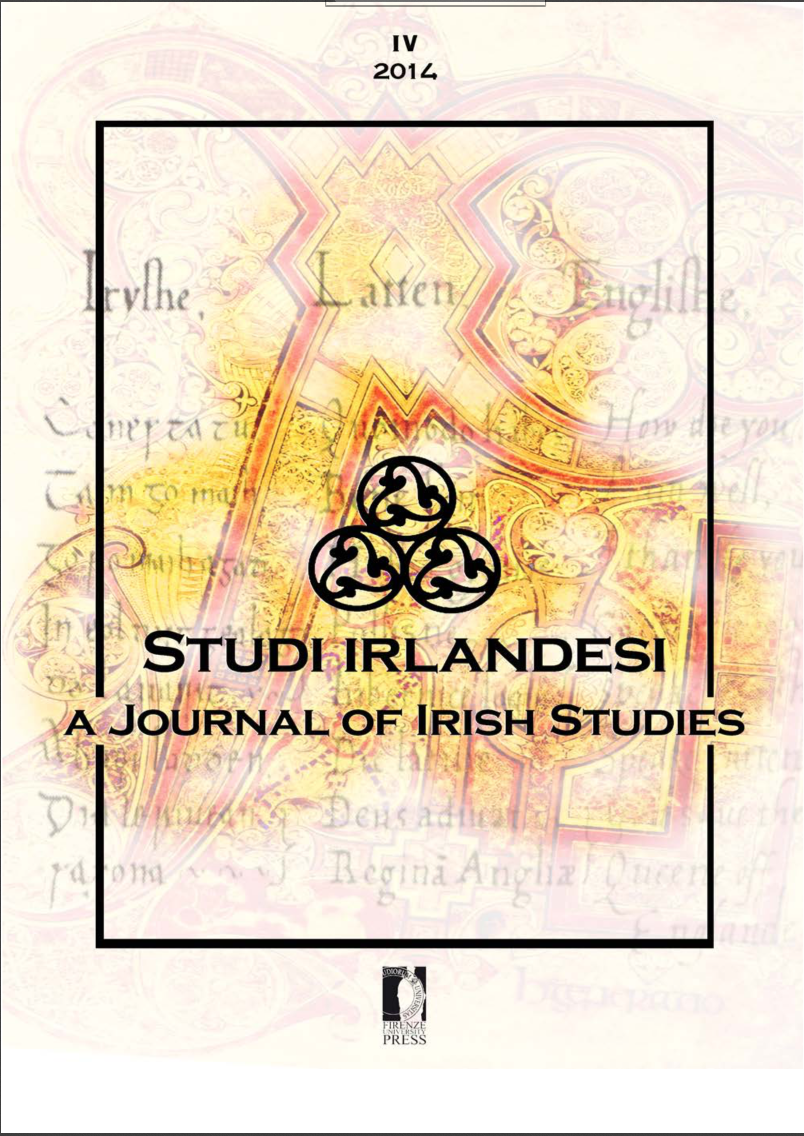Polifonia nelle antologie di W.B. Yeats: il dialogo complesso tra folklore e letteratura
Published 2014-06-30
How to Cite
Abstract
Compiling and publishing a folk narrative anthology is anything but a trivial, neutral undertaking, especially if this is set in a period of great literary and cultural fervour as was the late XIX century in Ireland. With his Fairy and Folk Tales of the Irish Peasantry (1888) and Irish Fairy Tales (1892) W.B. Yeats gives rise to a complex narrative system in which, necessarily, heterogeneous, if not contradictory voices and points of view meet, and the editor’s task is precisely to make this polyphony work. In the anthologized stories one observes the overlapping and interweaving of narrative levels that reflect a wide range of ideas, beliefs, knowledge, values from which emerges a picture of cultural and social Irish stratification, as well as of relationships being established between the lower and ruling classes, folklore and literature, orality and literacy. After examining in general the folk narrative anthology as an inherently polyphonic object, I propose a specific reading of the Yeatsian collections, focusing in particular on the paratextual apparatus, namely on the borders, the frames of the text – where interactions take place between several narrative levels, as well as historical, cultural, and social meanings – in order to identify, if possible, elements of unity and coherence in a system constitutively plurivocal and open to a variety of interpretations.


